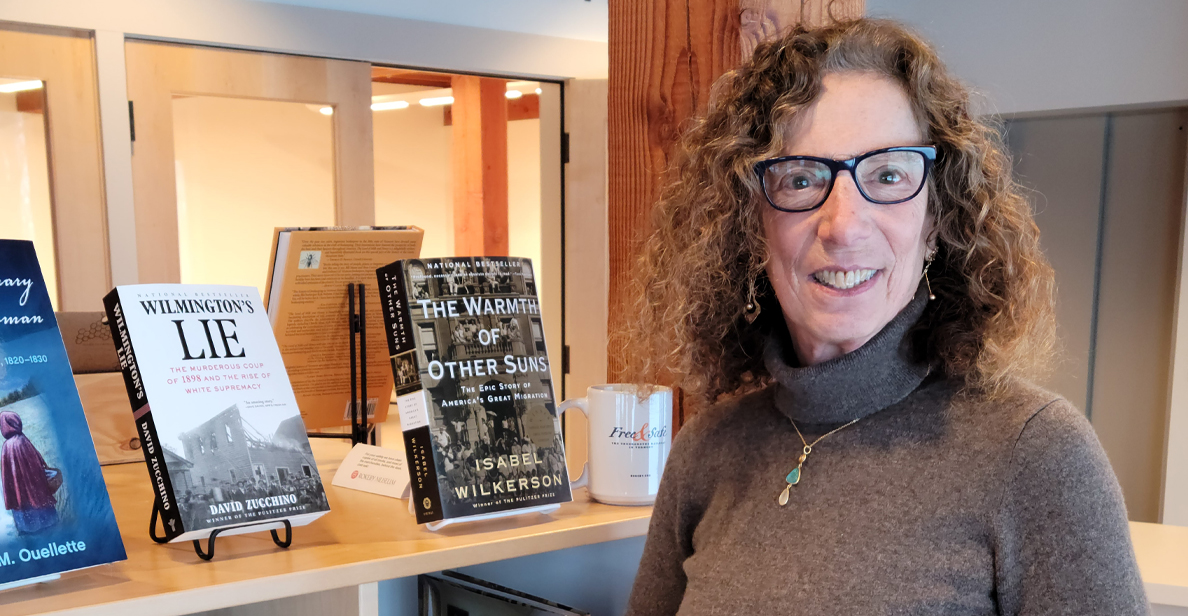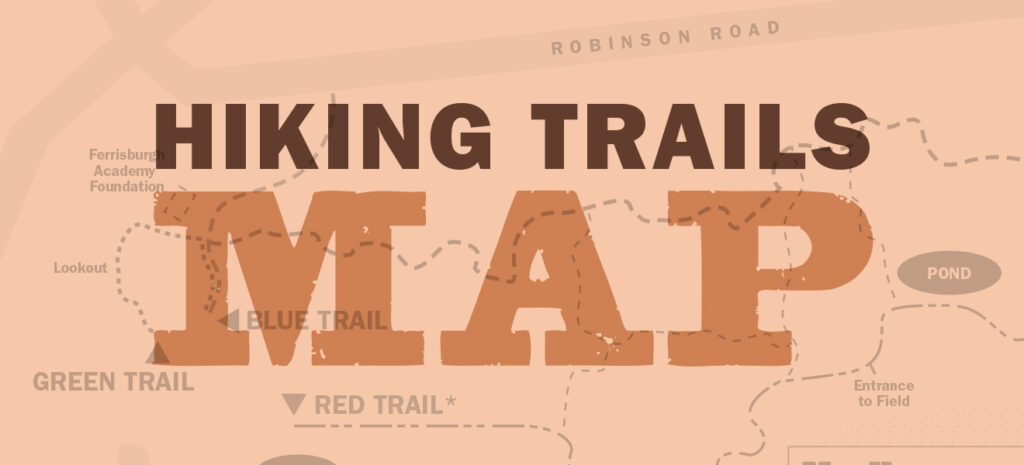Staff & Volunteer Spotlight — Meet Joan Gorman

by Joan Gorman, Rokeby Museum Visitor Center Coordinator
Being at the right place at the right time has its advantages. When I visited Rokeby for the first time in August 2019, little did I think that I would shortly begin a new career. I had recently sold my inn in the Mad River Valley, moving to Burlington and fortuitously purchasing the house owned by Rokeby director emerita Jane Williamson. As is the case with so many locals, I had, shamefully, never visited Rokeby in the 40 years I had lived in Vermont. Seizing the opportunity for a personal tour, I asked Jane to introduce me to the museum and the property. While I enjoyed Free & Safe, Jane chatted with Catherine Brooks, then director. Over lunch, Jane mentioned to me that Catherine had told her the museum was looking for a part-time person to finish out the season. I applied, and shortly thereafter began working greeting guests, boning up on Robinson family history, learning the administrative systems, selling items in the store, and helping with the programs. I also studied to become a guide, shadowed a few of the guides as they gave house tours and even gave a few tours myself. Once COVID is managed and we can open the Historic House again, I’m hoping to be able to do more guiding.
The front desk isn’t always busy, so I have been able to get involved with several very interesting projects involving our collections. We have thousands of items ranging from documents to furniture to textiles. Today, museums have moved away from cataloging collections in notebooks or in paper files and use a computer program called Past Perfect. We have been working to transfer the information about each item in our collection from paper to PP.
I began working with our textile collection shortly after I started at the museum. It has been a fascinating experience handling these 100- to 200-year old items, imagining which of the Robinsons wore them, researching trademarks or labels where they exist, identifying articles of clothing that no one wears anymore. I’ve learned a lot about fabrics, 19th-century styles, Quaker clothing, and life on a Vermont farm. Items were mended, not thrown away, sometimes very cleverly and artfully. Often items were repurposed: from a shirt to an undergarment, from an undergarment to a baby’s article of clothing. Nothing went to waste.
Another project I did was to read and summarize most of the letters that were received by George Gilpin Robinson (1825–1894). George was the third generation to live on the farm and, after a number of years trying other lines of work, he came back to Vermont and spent the rest of his life at Rokeby. At first I felt like a voyeur, looking at someone else’s personal correspondence, but I came to appreciate that learning without intermediaries about a single life in a different century gives us, in the 21st century, an insight into a time and place that cannot be gotten from a third-person account. The family’s correspondence also opens up a real connection to the property as it exists today. Rokeby and the Robinsons are a microcosm of Vermont history, a continuum of agricultural, cultural, and economic traditions reaching back into the 18th century.
I am looking forward to our 2021 season—to greeting more visitors, improving the offerings in the shop, and helping folks understand and enjoy the museum and our grounds.
 Rokeby Museum
Rokeby Museum





